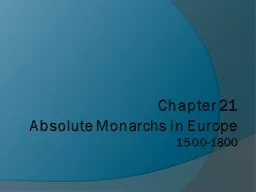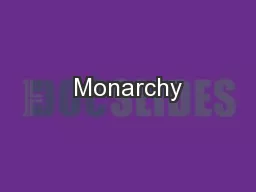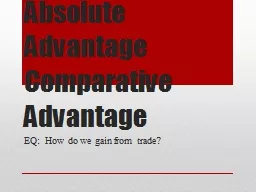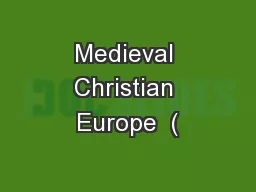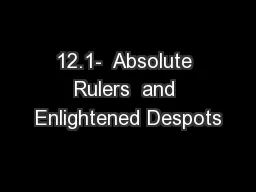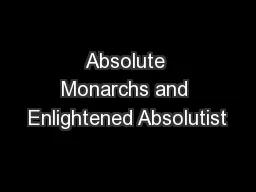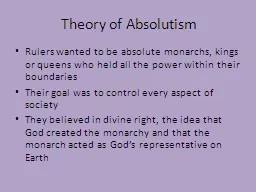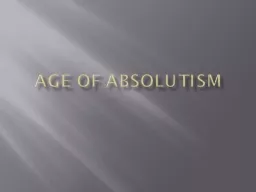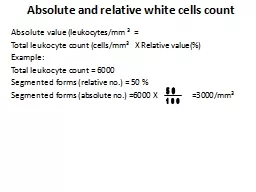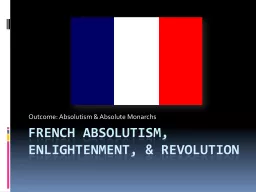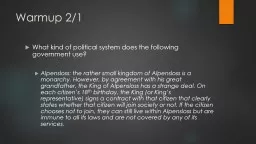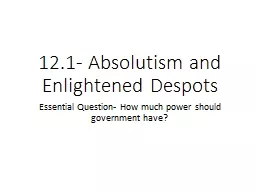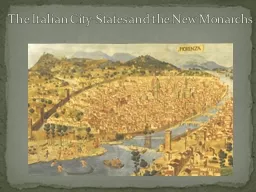PPT-Chapter 21 Absolute Monarchs in Europe
Author : luanne-stotts | Published Date : 2019-12-26
Chapter 21 Absolute Monarchs in Europe 15001800 Section 1 Spains Empire and European Absolutism pg 589 595 Introduction to Absolutism Spains Powerful Empire Philip
Presentation Embed Code
Download Presentation
Download Presentation The PPT/PDF document "Chapter 21 Absolute Monarchs in Europe" is the property of its rightful owner. Permission is granted to download and print the materials on this website for personal, non-commercial use only, and to display it on your personal computer provided you do not modify the materials and that you retain all copyright notices contained in the materials. By downloading content from our website, you accept the terms of this agreement.
Chapter 21 Absolute Monarchs in Europe: Transcript
Download Rules Of Document
"Chapter 21 Absolute Monarchs in Europe"The content belongs to its owner. You may download and print it for personal use, without modification, and keep all copyright notices. By downloading, you agree to these terms.
Related Documents

